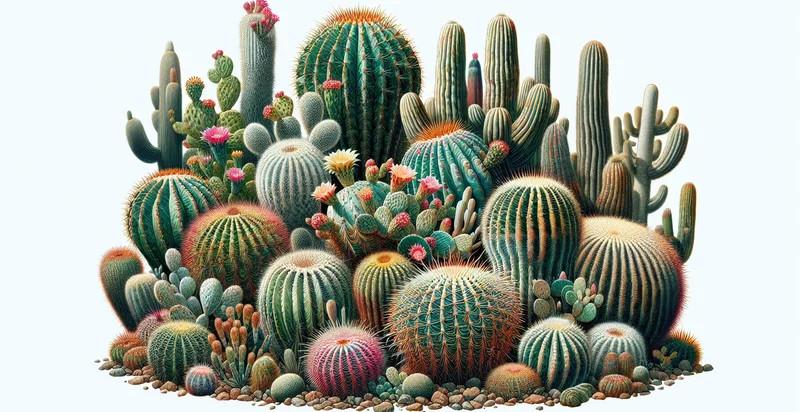Identify cacti species
using AI
Below is a free classifier to identify cacti species. Just upload your image, and our AI will predict what species of cactus it is - in just seconds.

Contact us for API access
Or, use Nyckel to build highly-accurate custom classifiers in just minutes. No PhD required.
Get started
import nyckel
credentials = nyckel.Credentials("YOUR_CLIENT_ID", "YOUR_CLIENT_SECRET")
nyckel.invoke("cacti-species", "your_image_url", credentials)
fetch('https://www.nyckel.com/v1/functions/cacti-species/invoke', {
method: 'POST',
headers: {
'Authorization': 'Bearer ' + 'YOUR_BEARER_TOKEN',
'Content-Type': 'application/json',
},
body: JSON.stringify(
{"data": "your_image_url"}
)
})
.then(response => response.json())
.then(data => console.log(data));
curl -X POST \
-H "Content-Type: application/json" \
-H "Authorization: Bearer YOUR_BEARER_TOKEN" \
-d '{"data": "your_image_url"}' \
https://www.nyckel.com/v1/functions/cacti-species/invoke
How this classifier works
To start, upload your image. Our AI tool will then predict what species of cactus it is.
This pretrained image model uses a Nyckel-created dataset and has 20 labels, including Barrel Cactus, Blue Barrel Cactus, Cactus Fruit (Nopales), Chilean Cactus, Cholla, Crown Cactus, Fishhook Cactus, Golden Barrel Cactus, Hedgehog Cactus and Mammillaria.
We'll also show a confidence score (the higher the number, the more confident the AI model is around what species of cactus it is).
Whether you're just curious or building cacti species detection into your application, we hope our classifier proves helpful.
Related Classifiers
Need to identify cacti species at scale?
Get API or Zapier access to this classifier for free. It's perfect for:
- Botanical Research Support: Researchers studying cacti species can leverage the image classification function to quickly identify and catalog different species in their natural habitats. This aids in the accuracy of their data collection and enhances the efficiency of field studies.
- E-commerce Plant Identification: Online plant retailers can integrate this image classification tool to help customers identify cacti species before purchase. By enabling customers to upload images of cacti, the tool can provide information on specific care requirements, improving customer satisfaction and reducing product returns.
- Conservation Efforts: Conservation organizations can utilize the function to monitor and assess cactus populations in endangered habitats. Accurate species identification aids in developing targeted conservation strategies and tracking biodiversity.
- Educational Tools for Schools: Educational institutions can incorporate this identifier as part of their biology curriculum to teach students about plant biodiversity. By engaging students in identifying cacti species through images, it enhances their hands-on learning experience.
- Gardening and Landscaping Guidance: Landscaping companies can use the function to provide clients with personalized recommendations on cacti species suitable for their gardens. This can ensure that beautiful and sustainable planting choices are made based on local climate and soil conditions.
- Mobile Plant Care Apps: Mobile applications focused on plant care can integrate this function to offer instant identification of cacti species. Users can then receive tailored advice on care, watering, and maintenance based on the specific needs of their cactus species.
- Culinary and Health Product Development: Companies developing culinary products using cactus-based ingredients can use the image classification tool to verify the species of cacti they source. Accurate identification ensures the quality and safety of products, as different species may have varying properties and uses in food preparation.


